Underground rivers represent some of Earth’s most mysterious waterways—hidden streams that carve through solid rock over millennia, creating cathedral-like chambers and intricate passage systems that remain largely unknown to surface dwellers. These subterranean worlds offer adventures that combine the thrill of exploration with geological education, revealing processes that shaped our planet long before humans appeared.
Many cave rivers remain active water sources for surrounding communities, while others contain ecosystems that evolved in complete darkness, supporting life forms found nowhere else on Earth. Here’s a list of 15 caves with underground rivers that provide unforgettable exploration experiences.
Mammoth Cave
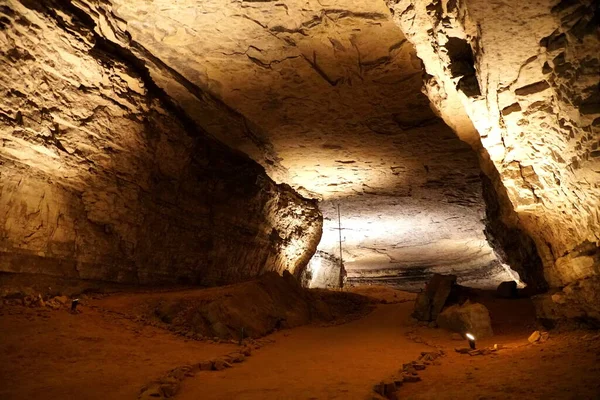
Kentucky’s massive cave system contains the Green River’s underground tributaries, creating the world’s longest-known cave system with over 400 miles of mapped passages. The underground rivers carved these limestone corridors over millions of years while continuing to expand the cave system today.
Boat tours navigate sections of the Echo River, allowing visitors to experience complete darkness while floating through chambers large enough to contain entire buildings.
Carlsbad Caverns
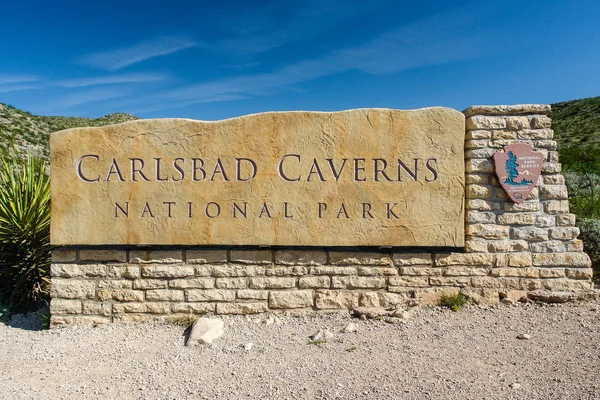
New Mexico’s famous cave contains underground streams that helped create the massive chambers that house millions of bats during their seasonal migrations. The cave’s formation involved both flowing water and sulfuric acid dissolution, creating unique geological features that differ from typical limestone caves.
Underground pools reflect the cave’s elaborate formations while maintaining constant temperatures that provide refuge for both wildlife and human visitors.
Like Travel Pug’s content? Follow us on MSN.
Ruby Falls
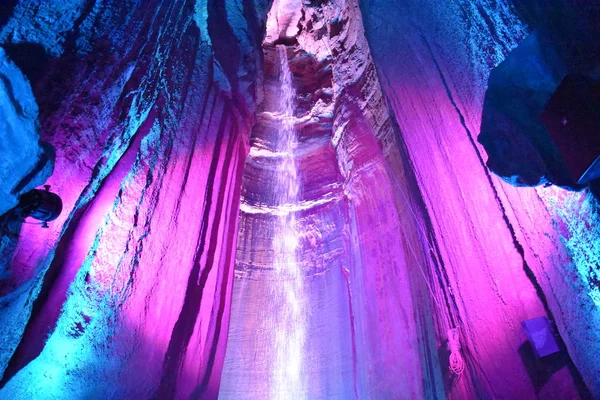
Tennessee’s underground waterfall plunges 145 feet through Lookout Mountain, creating one of America’s most accessible underground river experiences. The cave system extends far beyond the famous waterfall, with streams that continue flowing through unexplored passages.
Guided tours follow well-lit pathways to the falls, though more adventurous options allow experienced cavers to explore less developed sections of the underground river system.
Lost River Cave
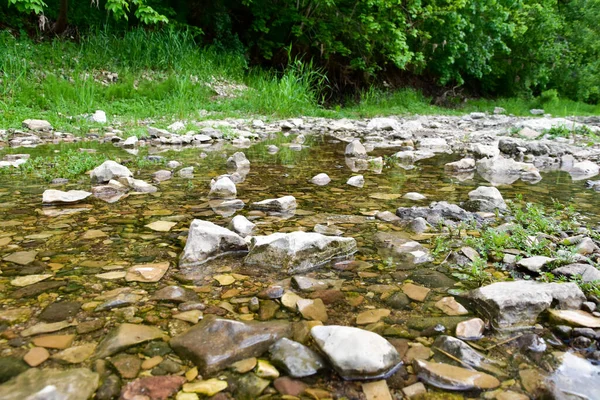
Kentucky’s underground river allows boat tours through limestone passages where the Lost River emerges from underground to briefly reemerge on the surface before disappearing again into the cave system. The river’s path changes seasonally based on water levels and underground flow patterns that respond to surface rainfall.
The cave served as a hideout during the Civil War while continuing to provide water for local communities throughout periods of drought.
Fantastic Caverns
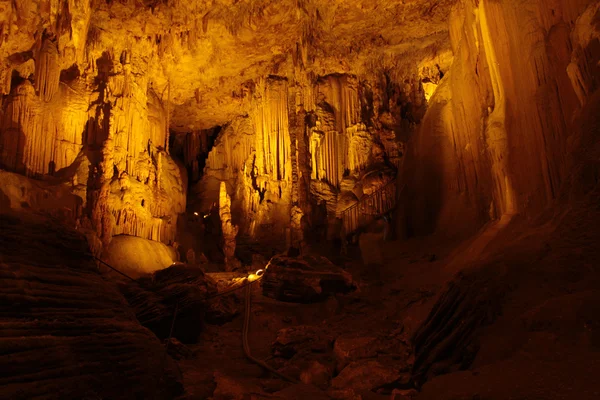
Missouri’s only ride-through cave contains underground streams that visitors can observe from Jeep tours that follow the natural cave passages. The cave’s large rooms and level floors made vehicle access possible while preserving the underground river systems that continue carving new passages.
The constant 60-degree temperature makes year-round exploration comfortable, while the underground streams provide habitat for cave-adapted wildlife species.
Like Travel Pug’s content? Follow us on MSN.
Natural Bridge Caverns
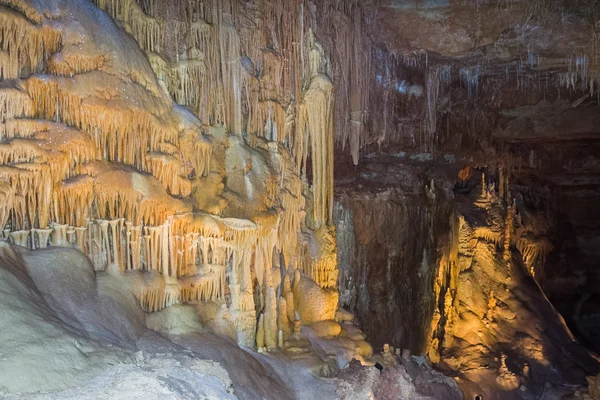
Texas’s limestone cave system contains underground rivers that created some of the state’s most spectacular subterranean formations. The cave’s natural entrance—a limestone bridge—provides dramatic access to chambers where flowing water continues sculpting new features.
Underground streams maintain the high humidity that keeps the cave’s formations growing while creating environments that support unique ecosystems adapted to perpetual darkness.
Blanchard Springs Caverns
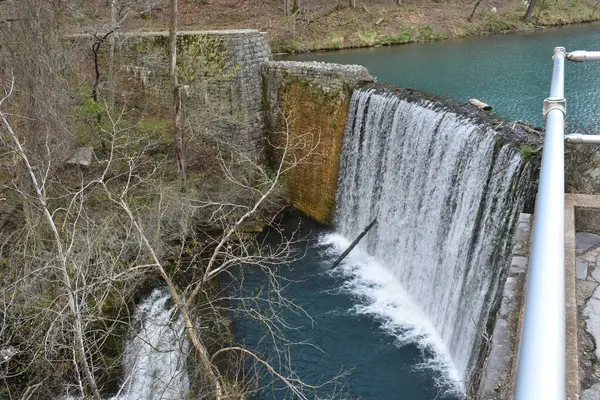
Arkansas’s Ozark Mountain cave contains underground rivers that emerge as the crystal-clear springs that give the cave its name. The cave system includes both active river passages and fossil passages abandoned by changing water flow patterns over geological time.
Visitors can observe the underground streams that feed the springs while learning about the hydrological processes that connect surface watersheds to underground aquifers.
Oregon Caves

The ‘Marble Halls of Oregon’ contain underground streams that carved passages through marble rather than typical limestone, creating unique geological features in the Siskiyou Mountains. The cave’s river system remains active, continuing to dissolve marble while creating new passages and chambers.
Guided tours follow the underground stream through narrow passages and large rooms where flowing water creates formations unlike those found in other cave systems.
Like Travel Pug’s content? Follow us on MSN.
Luray Caverns

Virginia’s Shenandoah Valley cave contains underground pools and streams that reflect the elaborate formations that make this one of America’s most visited caves. The cave’s river system includes both active flowing streams and static pools that maintain constant water levels throughout seasonal changes.
The famous ‘Dream Lake’ creates perfect reflections of overhead formations while underground streams continue carving new passages through the limestone bedrock.
Wind Cave

South Dakota’s complex cave system contains underground streams that helped create the intricate passageways known for their unique boxwork formations. The cave’s hydrology includes both flowing streams and static pools that respond to atmospheric pressure changes that give the cave its name.
Underground rivers carved the initial passages, while later geological processes created the delicate formations that distinguish Wind Cave from other major cave systems.
Jewel Cave
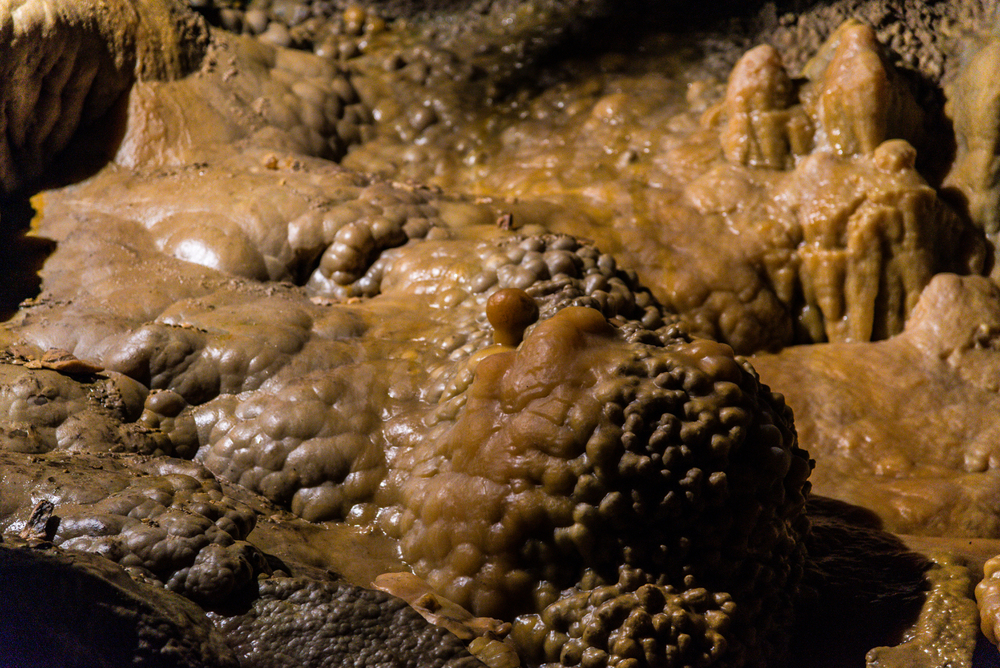
South Dakota’s second major cave system contains underground streams that carved over 200 miles of mapped passages through limestone formations in the Black Hills. The cave’s river system includes active streams, underground lakes, and seasonal flows that change dramatically based on surface precipitation patterns.
Speleologists continue discovering new passages carved by underground streams, making Jewel Cave one of the world’s longest cave systems.
Like Travel Pug’s content? Follow us on MSN.
Meramec Caverns
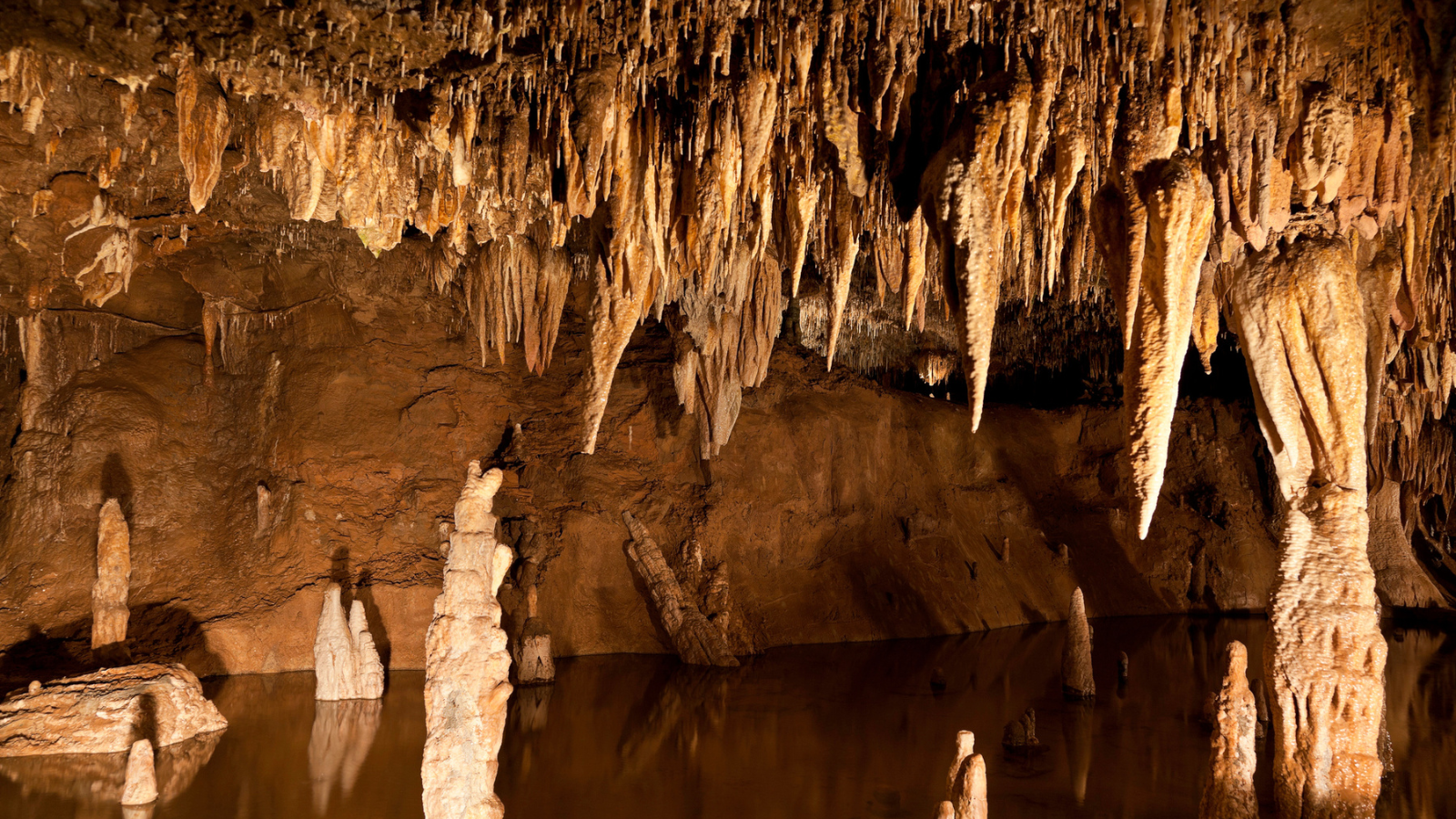
Missouri’s commercial cave contains underground rivers that Jesse James allegedly used as hideouts during his outlaw career. The cave’s stream system includes boat tours through passages where underground rivers continue carving new features while maintaining the formations that attract thousands of annual visitors.
The constant flow of underground water creates natural air conditioning that maintains comfortable temperatures throughout summer heat waves.
Howe Caverns

New York’s limestone cave contains an underground river that visitors navigate by boat through passages carved over millions of years. The cave’s river system maintains constant flow despite seasonal surface weather changes, providing reliable water sources for surrounding communities.
Underground boat tours allow close observation of geological processes while creating adventure experiences that combine education with excitement.
Penn’s Cave
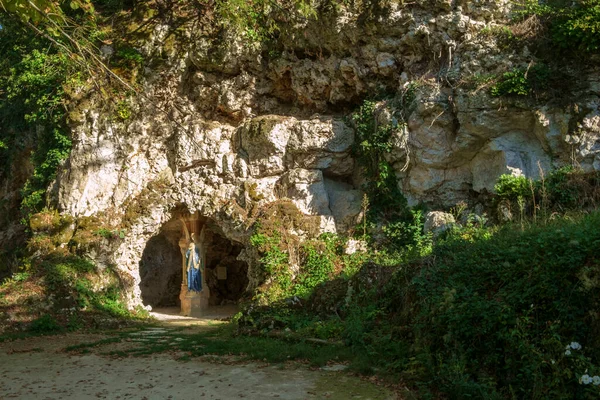
Pennsylvania’s only all-water cave tour navigates underground streams through limestone passages where Native Americans once sought shelter and conducted ceremonies. The cave’s river system connects to surface springs that provide reliable water sources for both wildlife and human communities throughout regional history.
Motorboat tours follow the underground stream through chambers where flowing water continues sculpting new formations while preserving ancient geological features.
Like Travel Pug’s content? Follow us on MSN.
Blue Spring Heritage Center
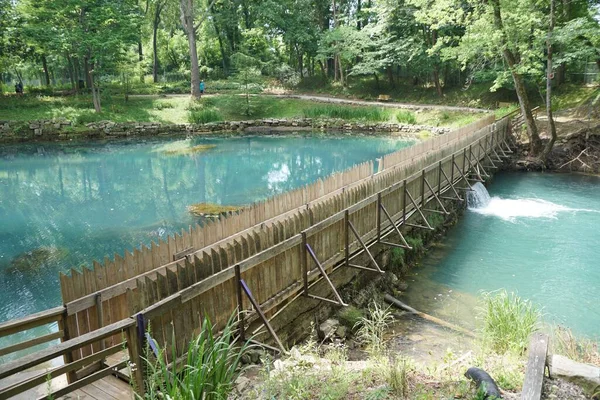
Tennessee’s cave system contains underground rivers that emerge as crystal-clear springs that maintain constant temperatures year-round. The cave’s stream system includes both accessible tourist areas and technical passages that require advanced caving skills to explore safely.
Underground rivers carved these passages while creating a habitat for endangered cavefish species that exist nowhere else on Earth.
Rivers Run Deep
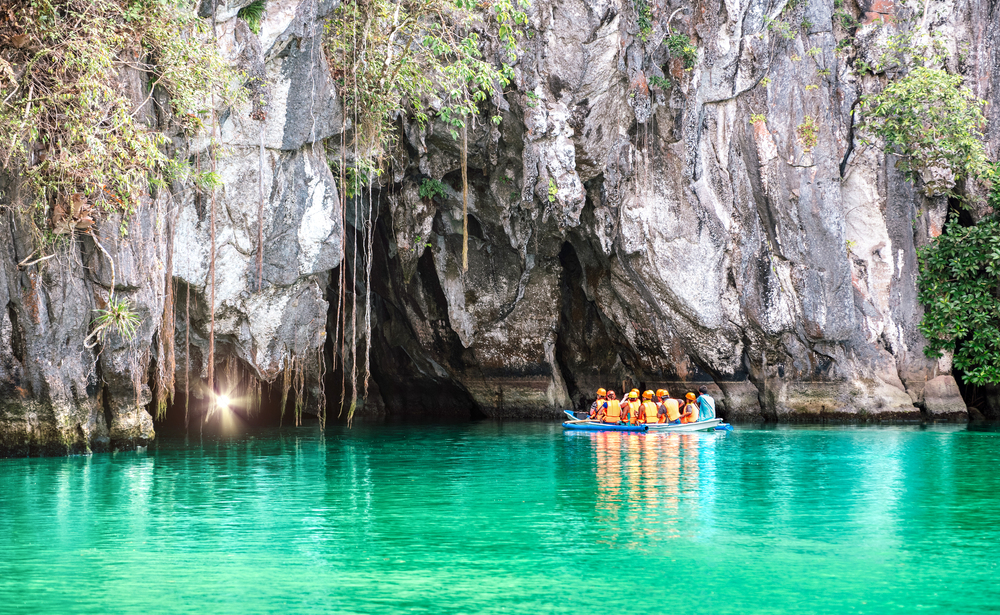
These underground river systems prove that Earth’s most spectacular waterways often flow in complete darkness, carving cathedral-like spaces that rival any surface landscape for drama and beauty. Each cave represents millions of years of patient water work, dissolving solid rock grain by grain while creating passages that connect surface watersheds to underground aquifers.
The streams continue their ancient work today, reminding visitors that the planet remains dynamically active beneath our feet, constantly reshaping itself through processes that operate on timescales that dwarf human experience.
More from Travel Pug

- 20 Best Beach Towns in the Carolinas
- 13 Destinations Where Tourists Regularly Regret Their Trip
- 20 Destinations That Are More Magical Without an Itinerary
- 20 Underrated Adventures That Belong on Your Travel List
- 20 Cities Where You Should Just Wing It, No Planning Required
Like Travel Pug’s content? Follow us on MSN.
